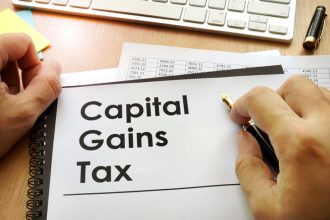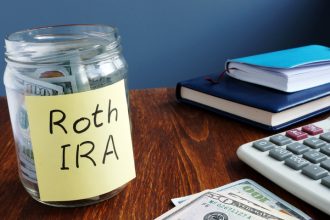Last week, the Biden Administration announced that borrowers who are on income-driven repayment (IDR) plans like the new SAVE plan won’t have to re-certify their income and family size until at least late-September.
This is a small win for student loan borrowers who have been stuck in limbo lately due to loan servicer issues, new repayment plan rules, and more.
Coming out of the student loan pause last year, the Biden Administration originally gave six months to re-certify your income and employment. But some borrowers were reporting issues: from incorrect repayment plan amounts, to documents not processed at all.
As a result, the administration is extending the deadline to give both borrowers and loan servicers time to get things right.
Who Needs To Re-Certify Their Income?
One of the key requirements of an income-driven repayment plan like SAVE or PAYE is that your monthly payment is based on your income. To calculate your monthly payment, borrowers must certify their income and family size annually. They can do this by using their tax return information, or a variety of alternative methods.
Borrowers who were on income-driven repayment plans prior to the repayment pause in March 2020 have enjoyed a grace period of not having to provide this information. Instead, their information from before the pause has been used.
However, in the interim, there have been a myriad of student loan process updates: from loan servicers changing to new student loan repayment plans. As a result, many borrowers have not been able to recertify, and even some of those that have been able to, are getting wrong payment information.
What The Biden Administration Is Doing
The Biden Administration is doing several things to make this right for borrowers, while also giving the loan servicers time to fix their issues.
First, the overall recertification deadline is moving to late-September, at the earliest. Notice the key words: at the earliest. That’s a hint that this deadline might get moved again. However, the administration has promised that key information will be communicated three months before certification is due.
Second, if you did not recertify, your monthly payment will revert to its previous monthly amount until your new recertification deadline.
For those that did recertify, if your monthly payment went up, you will return to your previous monthly payment amount until your new recertification deadline.
And if you recertified and your monthly payment went down, you can enjoy that lower payment.
Third, there are some borrowers stuck in processing limbo. If this is the case, borrowers will get a forbearance for the month of March, with 0% interest and no payment due, until your loan servicer can fix the issue.
Options For Borrowers Moving Forward
These issues directly impact borrowers who were on an income-driven repayment plan from before the pandemic. As such, these borrowers may not be in the new SAVE student loan repayment plan.
Borrowers should explore whether switching to SAVE may be right for them – with a lower monthly payment and the potential for expedited loan forgiveness. The new SAVE plan will cap monthly payment at 5% of discretionary income starting this summer – which is a big reduction compared to existing IDR plans.
Read the full article here
















